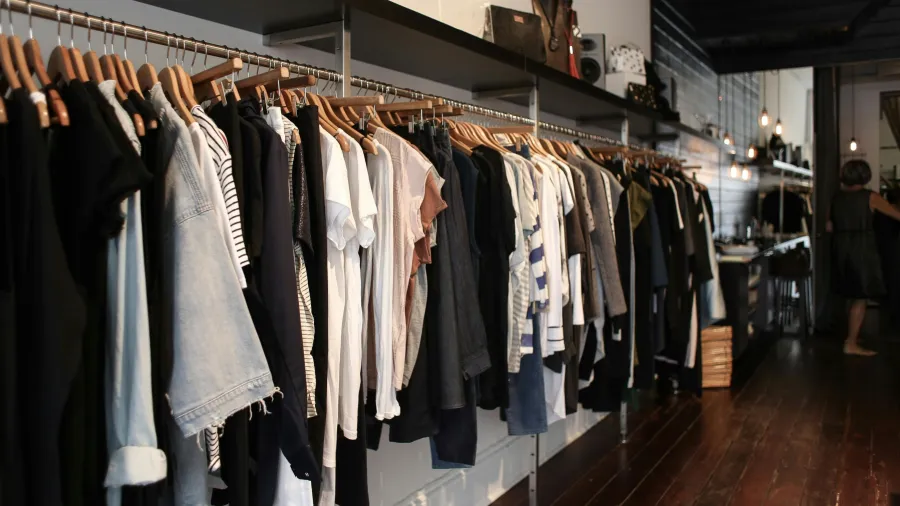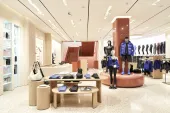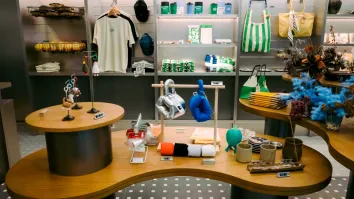
Function in fashion: How GQ Thailand created awe in a white shirt
The company incorporated creativity and innovation to boost sales, but the product was king.
WHILST some companies turn to glamorous ways to promote their brand, others turn to more unconventional strategies to put out their products for better recall amongst consumers.
GQ Thailand is one that resorted to innovative retailing when it first introduced its stain-resistant white shirt in 2019.
Speaking at the recent Retail Asia Forum, GQ Thailand Chief Commercial Officer George Hartel said the company’s focus is to establish itself in the market as a maker of products that have function.
This explains why their process starts with market insights. From these insights, GQ Thailand makes prototypes before officially releasing its product.
“We start with the problem; then we develop problem-solving innovation and the goal is for the products to last a lifetime, not a single season,” Hartel said.
This is precisely the mark of GQ Thailand’s release of “the ultimate white shirt,” which will never be stained, does not crease, and bears good-quality buttons.
Drumming up its release resulted in viral marketing, with its commercial garnering millions of views. People were instantly hooked — driven by the interest to personally test the white shirt for themselves.
The interest snowballed into further virality, Hartel said, and this marketing strategy allowed GQ Thailand to sell over 200,000 shirts within the first month of its release.
The success allowed GQ Thailand to build a repeatable model that prioritises insights, design, and viral marketing.
Hartel said the same approach was applied when the company released its underwear and socks line.
This strategy boosted GQ Thailand’s growth, as it currently has over 200 retail locations. It has also become one of the top sellers on online platforms, such as TikTok, Shopee, and Lazada, he said.
“Twenty-four percent of our revenue comes from e-commerce, 15% from our mall concept stores which are still growing, and 14% comes from the 13,000 locations of 7-Eleven and Lotus’ Go Fresh stores where we sell basic t-shirts, underwear, and socks,” Hartel said.
AI adoption
When it comes to advertising, technologies such as artificial intelligence (AI) has also become helpful. Hartel said GQ Thailand uses AI to create over 20% of their advertisements.
“I highly encourage you to be using this in your conceptual development at a minimum, but you can get it all the way to the user and drive some really breakthrough advertising,” he revealed at the Retail Asia Forum.
There is also a human AI simulated eye-tracking system that retailers can use, he added, noting that it can be linked to the software which the company uses to design packaging.
“As your designers are creating their packaging, they can see in real time with pretty high probability how people’s human eye would track in like a predictive model,” Hartel explained.
Take the customer’s perspective
Even if a brand attains great success in its business, what remains important is for owners to go out of their office, try their product, and go through a customer’s journey.
“You have to be the one that does the work. You have to be the one that discovers the problem yourself because you're the only one that can go out and do it,” Hartel said.
By doing so, company decision-makers may be able to spot gaps in the customer experience that are being overlooked.
“You’ve got to innovate at every single touch point along the journey,” said Hartel. “Before you try to create teams with this mindset and this thinking, it really starts with you. You can’t create what we call an army of one around you until you become someone who’s thinking this way and innovating yourself.”



















 Advertise
Advertise





